As cities continue to grow, the need for sustainable food production within urban areas has become more pressing. Urban agriculture is the practice of growing food in cities, whether in small backyard gardens, rooftop farms, or community spaces. This method enables city dwellers to produce fresh, local food, reduce their carbon footprint, and foster a deeper connection with nature.
By utilizing innovative techniques like vertical farming, hydroponics, and container gardening, urban agriculture maximizes the use of limited space while providing nutritious food and helping to alleviate food insecurity. It also offers an opportunity for communities to strengthen local food systems and build resilience against environmental challenges.
Learn how to transform your urban space into a thriving food production hub and be part of the growing movement for sustainable, city-based agriculture!
Rooftop Gardens
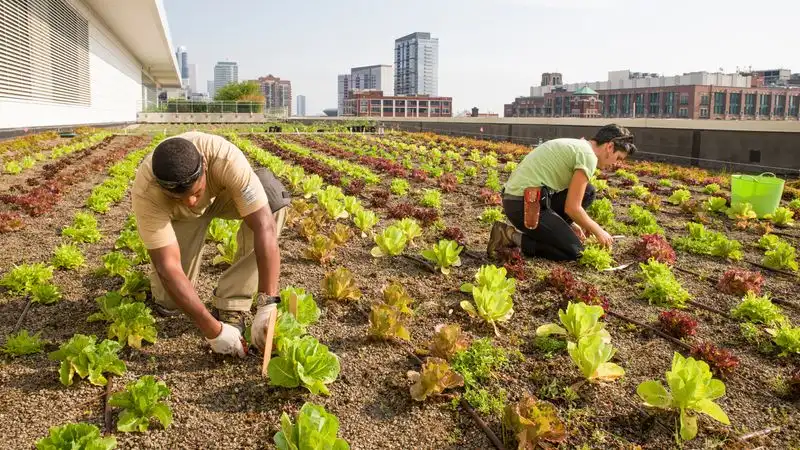
Picture the city skyline punctuated with verdant oases atop high-rises. Rooftop gardens are not just aesthetically pleasing; they play a pivotal role in urban agriculture. These gardens utilize the often-neglected spaces above our buildings to grow fresh produce. By transforming rooftops into productive plots, city dwellers can enjoy local, organic harvests without needing a backyard. Not only do they supply fresh food, but they also help insulate buildings, reducing energy costs. Next time you look up, imagine the potential of these green rooftops to nourish communities.
Vertical Farming
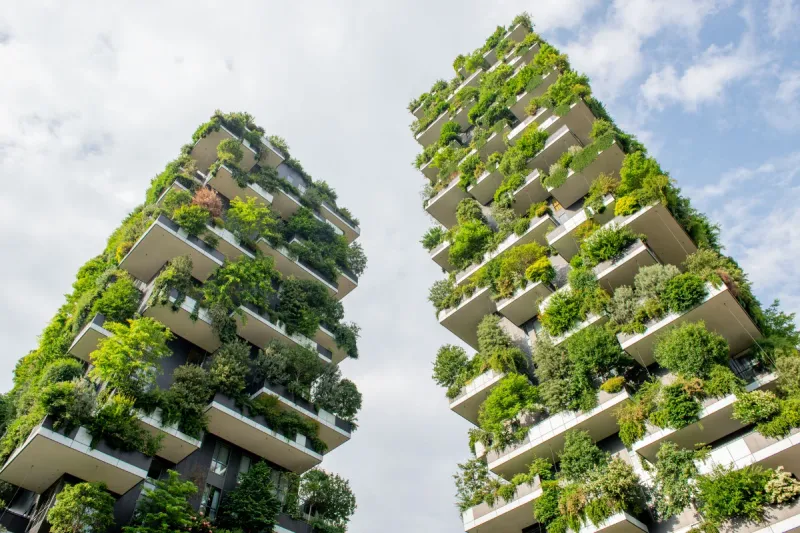
Imagine a farm that grows upwards instead of sprawling outwards. Vertical farming stacks layers of crops in controlled environments, utilizing LED lights and hydroponic systems. This method maximizes space efficiency, making it ideal for cities. By controlling the growing conditions, these farms produce higher yields with fewer resources. They thrive in urban settings, where traditional farming space is scarce. Beyond efficiency, vertical farms reduce the distance food travels, cutting down carbon footprints. Envision these innovative towers of food supplying fresh, local produce just around the corner.
Community Gardens
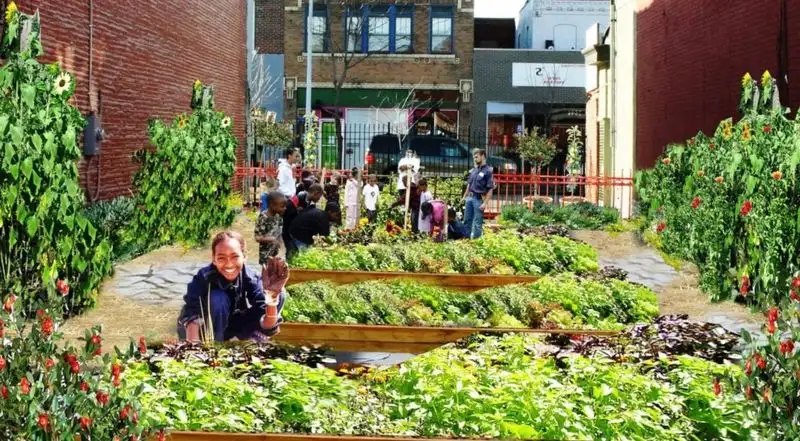
In the heart of bustling neighborhoods, community gardens serve as vital hubs of sustainability and collaboration. These shared spaces invite residents to cultivate their own patches of green, fostering a sense of community and shared purpose. They offer a hands-on approach to agriculture, providing fresh produce and a respite from urban life. Participants benefit from fresh air and exercise, nurturing body and soul. With every seed planted, a deeper connection between neighbors and nature is cultivated, transforming concrete jungles into flourishing ecosystems.
Hydroponic Systems
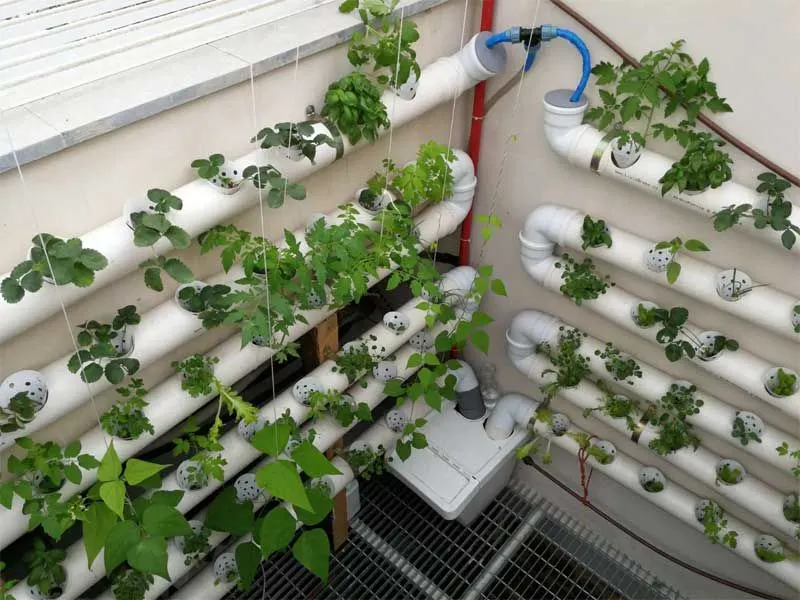
Hydroponics revolutionizes urban farming by growing plants without soil. Instead, nutrient-rich water nourishes the roots, boosting growth rates and yields. This method is perfect for city dwellers with limited space, as it can be set up indoors with minimal requirements. From leafy greens to juicy tomatoes, hydroponics enables year-round production regardless of weather. Imagine a kitchen filled with fresh herbs and veggies grown right in your apartment. Its efficiency and adaptability make hydroponics a cornerstone of modern urban agriculture.
Aquaponics
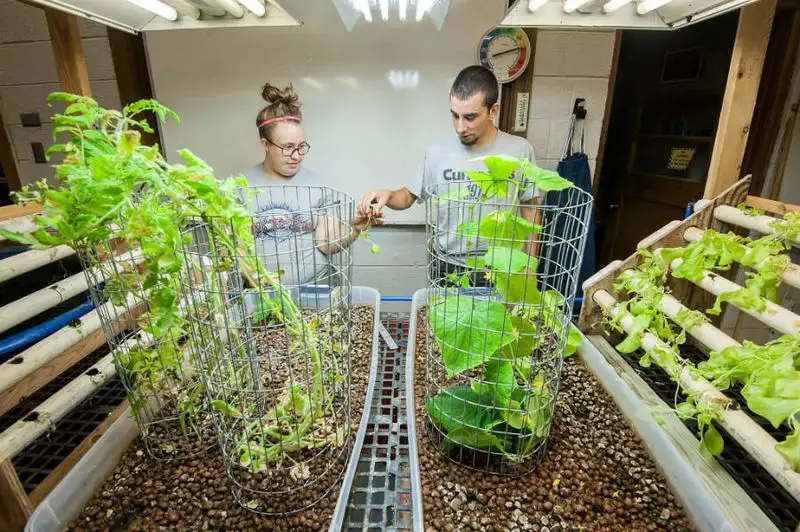
Aquaponics marries aquaculture and hydroponics, creating a self-sustaining ecosystem. Fish waste provides nutrients for plants, which in turn purify the water for the fish. This symbiotic relationship is efficient and eco-friendly, ideal for urban environments. Picture an apartment terrace where fish and plants coexist harmoniously, providing fresh food and an engaging hobby. Aquaponics reduces water usage compared to traditional farming and offers a sustainable food production method. This innovative approach keeps urban agriculture both productive and environmentally conscious.
Urban Beekeeping
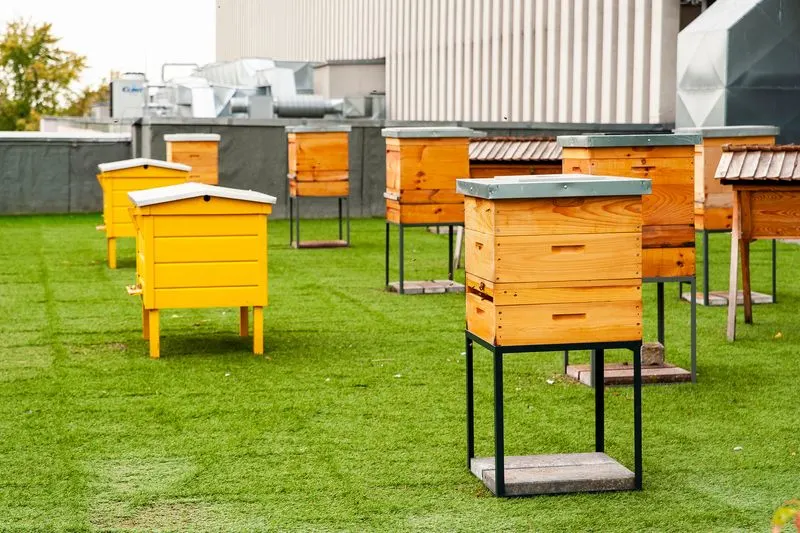
Urban beekeeping introduces these vital pollinators into the heart of cities, supporting biodiversity and aiding plant growth. Beehives are established on rooftops or balconies, where bees thrive amidst urban flora. They pollinate city gardens and produce local honey, offering a sweet taste of urban nature. This practice not only supports food production but also raises awareness about the importance of pollinators. Envision a city where bees buzz harmoniously alongside humans, contributing to a balanced urban ecosystem.
Edible Landscaping

Edible landscaping transforms urban spaces into productive landscapes by integrating food-producing plants into city designs. Parks, sidewalks, and public spaces become sources of fresh produce like fruits, berries, and herbs. This approach not only beautifies the urban environment but also increases food accessibility. Imagine strolling through a park where you can pick a fresh apple or a handful of berries. Edible landscapes inspire communities to rethink the potential of their surroundings, turning cities into bountiful gardens of opportunity.
Mushroom Basements

Imagine descending into a cool, dimly-lit basement teeming with mushroom harvests. Mushrooms thrive in low-light, humid environments, making basements an ideal spot. The earthy scent of fungi fills the air as you nurture these nutritious delights.
Mushrooms like oyster and shiitake are perfect for urban farmers, offering a sustainable yield with minimal space. Plus, they recycle organic waste into fertile, mushroom-growing substrate. This transforms basements into mini-fungi farms, contributing to urban food security.
An engaging option for city dwellers, mushroom basements are a testament to creativity in urban agriculture. Cultivate your own fungi forest at home!
Chicken Coops on Balconies

Balconies, often underutilized, can become bustling hubs of activity with the clucking of chickens. Chickens are surprisingly adaptable to urban environments, providing fresh eggs and natural pest control.
With a little creativity, a small chicken coop can fit on a balcony, offering a slice of rural life in the city. The rhythmic clucks and gentle rustle of feathers add a unique charm to city living.
Raising chickens not only supplies fresh eggs but also enriches urban biodiversity. It’s an egg-citing way to engage with agriculture right from your home!
Fish Tanks in Living Rooms
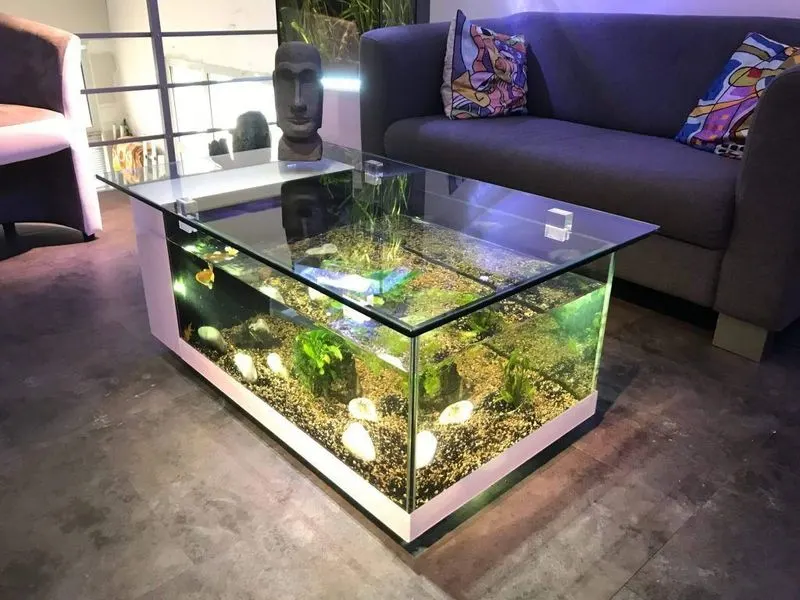
Transform your living room into an aquatic wonderland with fish tanks doubling as food sources. Aquaculture, the practice of raising fish, is increasingly popular in urban settings.
Imagine the soft bubbling of water and the graceful movements of fish, creating a soothing ambiance. Fish like tilapia and catfish can thrive indoors, offering fresh, home-raised seafood.
These tanks not only beautify your home but also contribute to self-sufficiency. With a bit of knowledge, your living room becomes a productive aquaculture hub, bringing the ocean’s bounty indoors!
Insect Farming in Kitchens
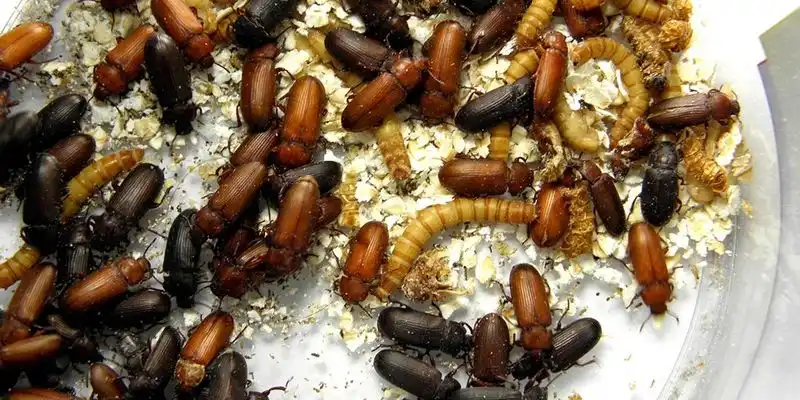
Insect farming might sound unusual, but it’s a booming trend in sustainable protein production. Kitchens can host small-scale insect farms, yielding nutritious and eco-friendly food.
Crickets, mealworms, and other insects are easy to raise and require minimal resources. They’re a protein-packed powerhouse, ideal for urbanites looking to diversify their diet sustainably.
Picture the subtle hum of cricket habitats, adding an unexpected twist to your culinary adventures. Embrace the future of food and make your kitchen a cradle of sustainable protein. Bon appétit!
Edible Wall Art
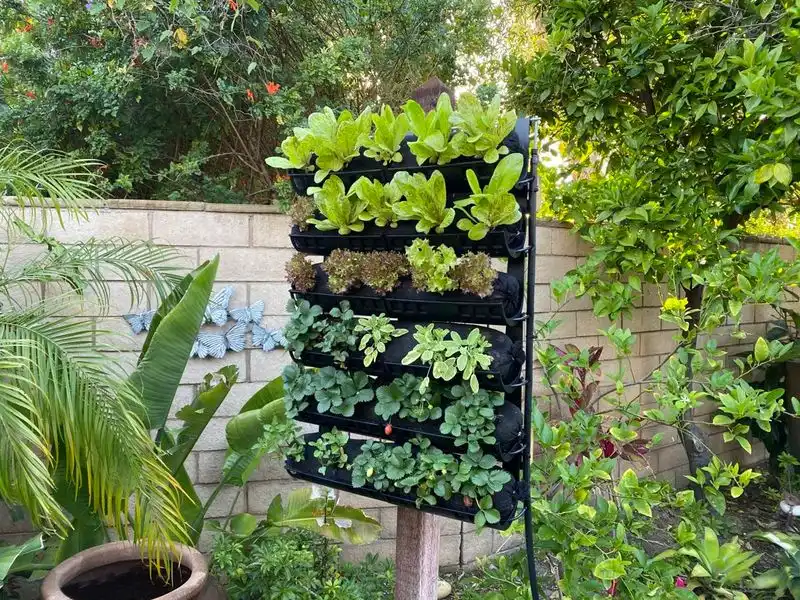
Merge art and agriculture with edible wall installations, turning blank walls into vibrant, living canvases. Herbs and microgreens are not only visually appealing but also practical, providing fresh flavors for culinary use.
Imagine a wall adorned with bursts of green, a feast for the eyes and palate. This creative approach to urban farming lets you cultivate crops in style, without sacrificing space.
Whether in a kitchen or living room, edible wall art is a testament to innovation, offering a fresh perspective on food production. Let your walls breathe life!
Underground Root Cellars

Beneath the city’s bustling surface lies a hidden world of possibilities: underground root cellars. These ancient storage solutions are making a comeback, providing a cool, stable environment for storing root vegetables.
Imagine descending into a cellar stocked with potatoes, carrots, and turnips. The earthy aromas and cool air evoke nostalgia for simpler times.
Modern urbanites can use existing underground spaces to create sustainable food storage solutions, ensuring fresh produce year-round. Engage with history while embracing food security in the heart of the city.

